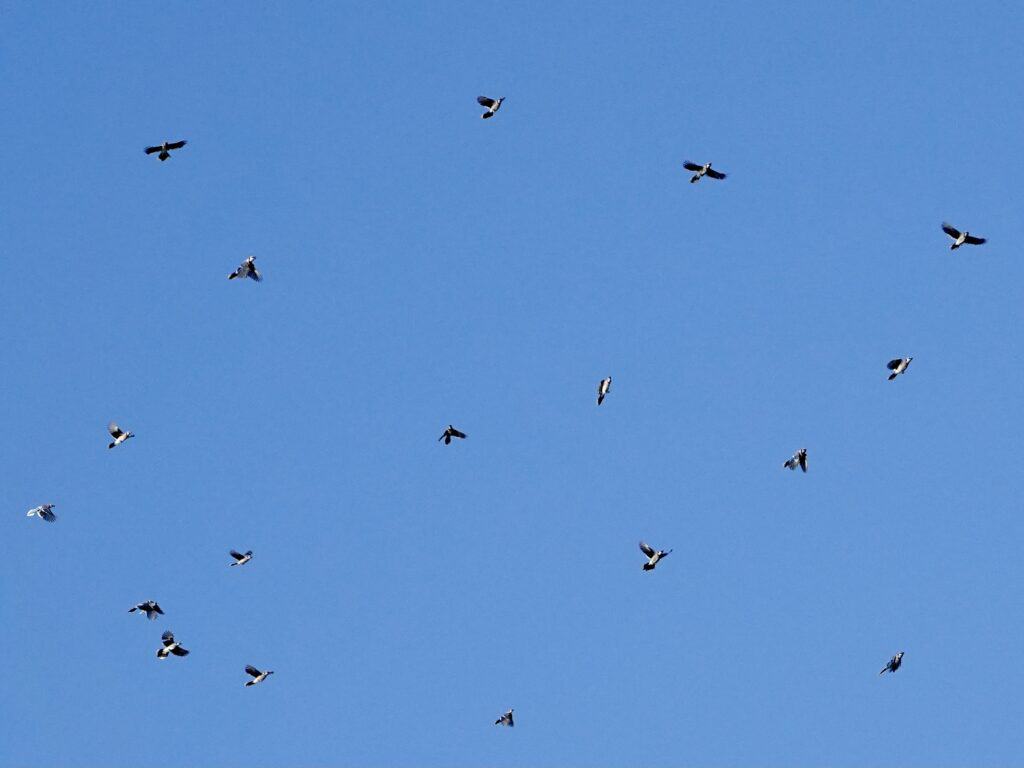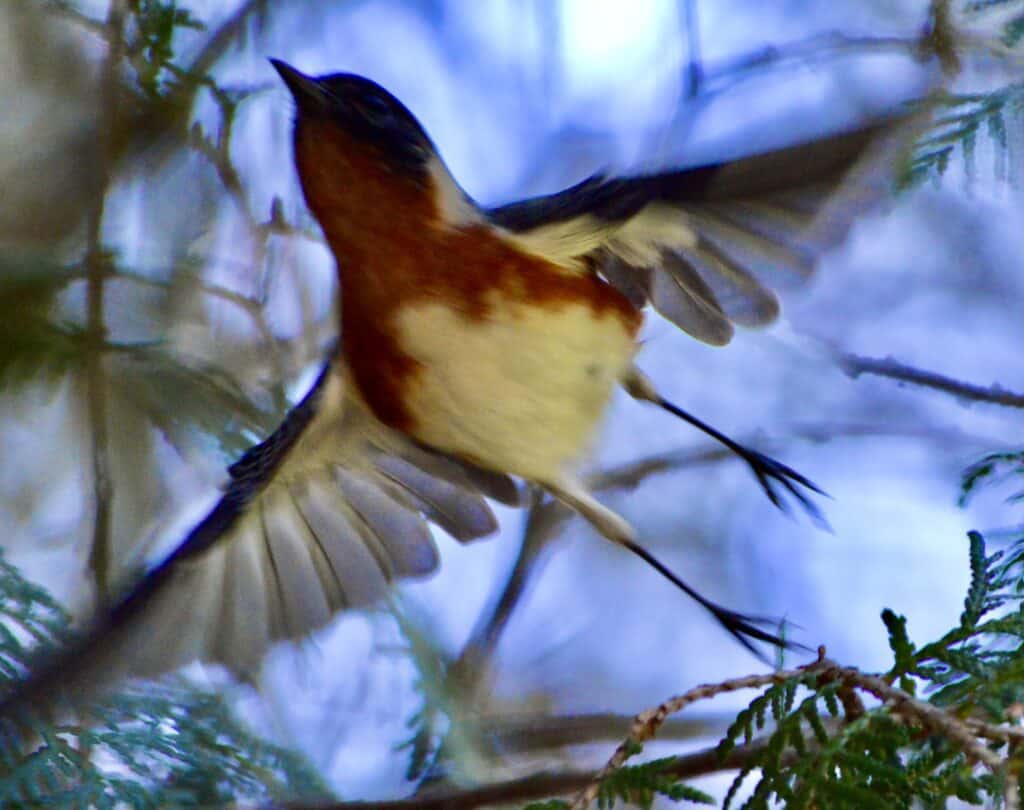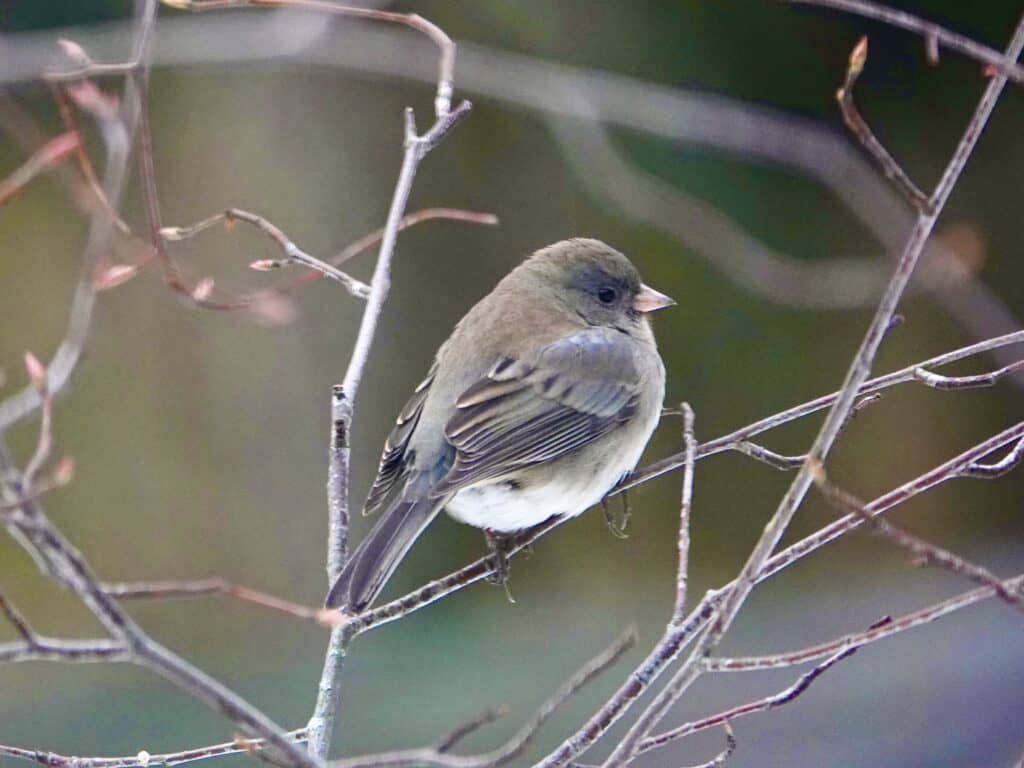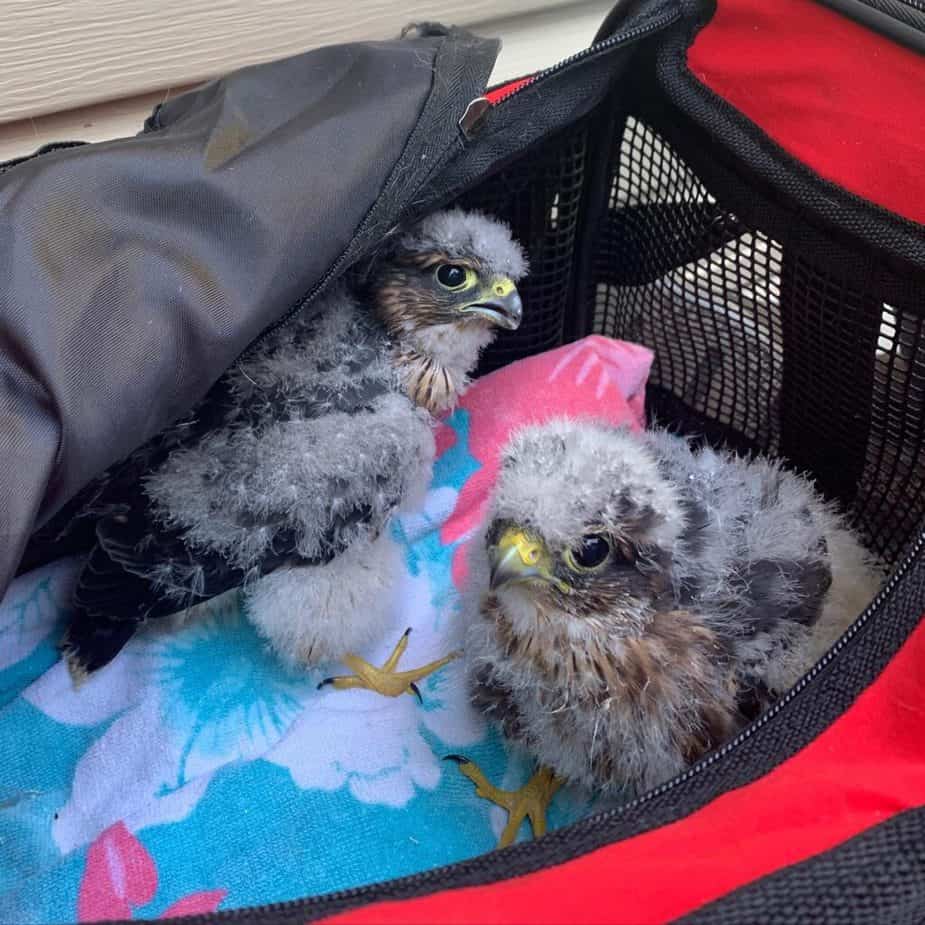Peterborough Examiner – December 17, 2021 – by Drew Monkman
With bird populations in serious decline, a Peterborough group is stepping up
Birds are all around us. They cheer us up during bleak winter days and remind us of spring’s return. Unfortunately, however, they are also in serious trouble. There are three billion fewer birds in North America today than there were 50 years ago. This equates to a staggering 25 percent decline. Nearly all of the losses are caused directly or indirectly by human activities – from habitat loss and predation by domestic cats, to window collisions and climate change.
Imagine how much less vibrant and colourful our world will become if this decline is allowed to continue. Saving birds starts with local action and Peterborough is rising to the challenge.
A Canada-wide initiative
Peterborough is one of dozens of municipalities across Canada moving towards certification as a Bird-Friendly City. In short, this means implementing a range of initiatives to mitigate the many threats that birds face. It also includes protecting and restoring habitat and providing resources so we can make a difference in the lives of the many species that spend all or part of the year in our city and region.
The Peterborough Bird Friendly Coalition has been working diligently towards the goals of Nature Canada’s Certification Program since its formation in the summer of 2020. The coalition is comprised of dedicated individuals representing the Peterborough Field Naturalists, the Kawartha Wildlife Centre, Camp Kawartha, Riverview Park and Zoo, GreenUP, and Otonabee Conservation. They are working with the City of Peterborough to ensure that our local urban environments become and remain safe havens for birds.
With support from Councillor Kim Zippel, the coalition is hoping that Peterborough will be fully certified by spring 2022, in advance of a series of planned events celebrating world migration day and all things birds.
Some of the most important actions that individuals can take include providing bird habitat, food, and shelter in your yard; keeping your cat indoors; and bird-proofing any windows that birds fly into. The key to preventing collisions is to make your windows visible to birds by applying visual markers in a dense pattern, ideally with a maximum gap of 5 cm (2″) between pattern elements. One of the best products available for this purpose is called “Feather Friendly Window Markers.” They can be purchased at www.kawarthawildlifecentre.ca
If you are interested in learning more about Bird Friendly Peterborough or how to make a difference in the lives of birds in your own backyard, visit www.birdfriendlypeterborough.ca and subscribe to the newsletter.
Special moments
I asked some of the people involved with Bird Friendly Peterborough (BFP) to reflect back on the past year and provide a personal highlight in their enjoyment of birds.
- I recently began using the eBird. By keeping an eye on the “Peterborough County” section of the website or app, I’ve found many wonderful birding “hotspots” close to where I live. I’ve found a number of unusual species such as the American woodcock – a plump little bird with a very long beak. One evening, my daughter and I were entertained by its bobbing gait as it moved at a snail’s pace and performed the most amazing “rocking dance moves” with each tiny step. A seasonal highlight, for sure! – Cathy Dueck
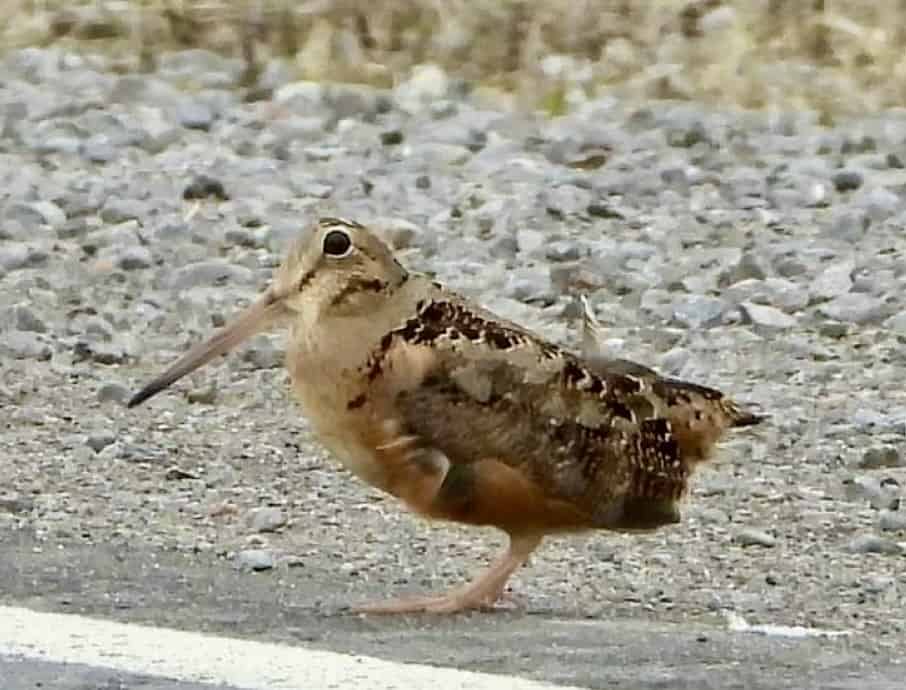
- This fall, I had the opportunity to visit Point Pelee National Park and witness fall migration first-hand. We saw sharp-shinned hawks wheeling overhead, huge flocks of blue jays whose iridescent blue feathers sparkled in the autumn sun, and dozens of warblers catching insects to fuel their southward journey. It was nothing short of magical. I was reminded that if we’re to protect birds in Peterborough, we also need to protect them along their migration routes. – Jacob Rodenburg, Camp Kawartha
- One of my favourite birding photos this year was taken in May during a walk with a dear friend in Jackson Park. At the time, I was enrolled in a program that encouraged reflective practice. As I scrolled through my photos, I saw a picture of a bay-breasted warbler that I’d taken unintentionally. It was a little blurry, but those photos can sometimes be the best ones. And for me, it was a picture that mirrored the long and worthwhile journey of self-discovery that I had been on for the last year. I call the photo, “Jumping Courageously into the Unknown.” – Reem Ali, Peterborough Field Naturalists and BFP Coalition Chair
- Having a pollinator-friendly garden means seeing so many beautiful birds throughout the whole year. One of my favourites is the dark-eyed junco. They flock and play in large groups in my garden. They love hanging out on my cup plants, foraging for sunflower seeds on the ground, and chasing each other in a game of hide and seek! – Carlotta James, Peterborough Pollinators
- In July, the Kawartha Wildlife Centre (KWC) was involved in re-nesting two baby merlin falcons so they could be cared for by their wild parents. Recent high winds may have blown them out of their flimsy nests. Initially, Brenna found one baby on the ground. Sadly, it ended up succumbing to the rain and cold. Then, a day or so later, she found a second bird, seemingly in good health. We made the call to secure the bird, and Critter Cabs Wildlife Transports brought the baby down to KWC. Brenna kept watching and confirmed two more babies in the nest, with parents actively caring for them. While we hatched a plan with Tyler from Dawson Tree Works to get the baby back up in the tree to join its siblings, we received a message about yet another baby on the ground in a second location. This one was all alone with no chance to reunite with its own family. We decided to sneak both birds into Brenna’s nest. Not all species are known to adopt, but these birds of prey were happy to have a full family back! A big thank you to Dawson Tree Works, Critter Cabs, and all the finders keeping an eye out for our native wildlife. – Thom Luloff, KWC Chair
CLIMATE CHAOS UPDATE
PETERBOROUGH OFFICIAL PLAN: The City has enshrined climate change mitigation and adaptation into its new Official Plan. Here’s some of the ways: 1. By increasing the density of living accommodation, including infilling where possible, more mid-rise and high-rise buildings, and encouraging “complete communities”, in order to get more people within walking or cycling distance of amenities such as grocery stores. 2. By encouraging more energy-efficient buildings, on-site renewable energy, and district energy systems. 3. By flood-proofing buildings and infrastructure. 4. By protecting and enhancing the City’s urban forest. 5. By reducing heat-island effects with more vegetation and by using light-coloured paving and roofs to reflect more of the sun’s radiation back into space.
CO2: A key measure of how much climate progress the world is making is the amount of carbon dioxide (CO2) in parts per million (ppm) in the atmosphere and whether it is rising. The pre-industrial level was 280 ppm and the highest level deemed safe is 350 ppm. The graphic below shows the frightening current readings.
TAKE ACTION: To see a list of ways YOU can take climate action, go to https://forourgrandchildren.ca/ and click on an ACTION button.
